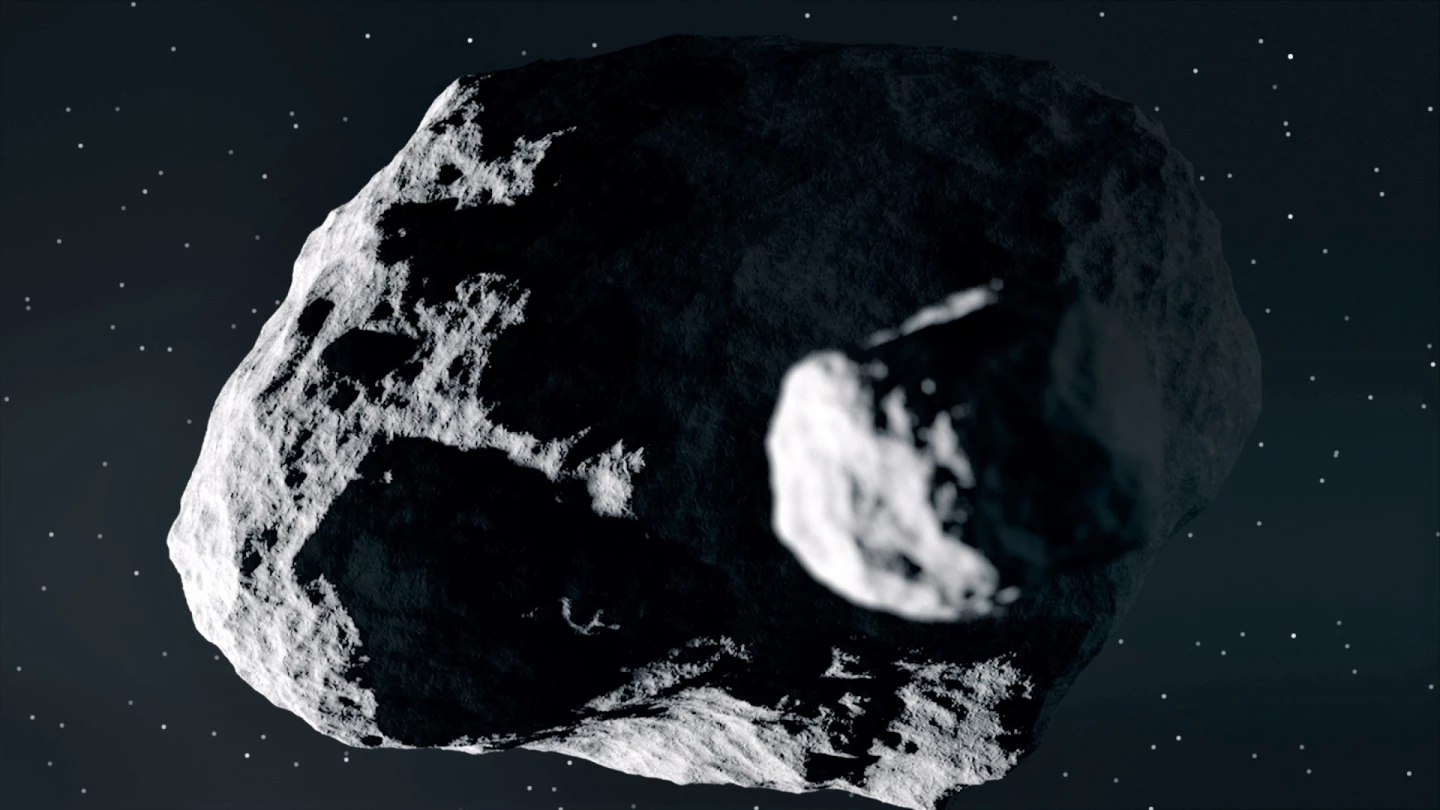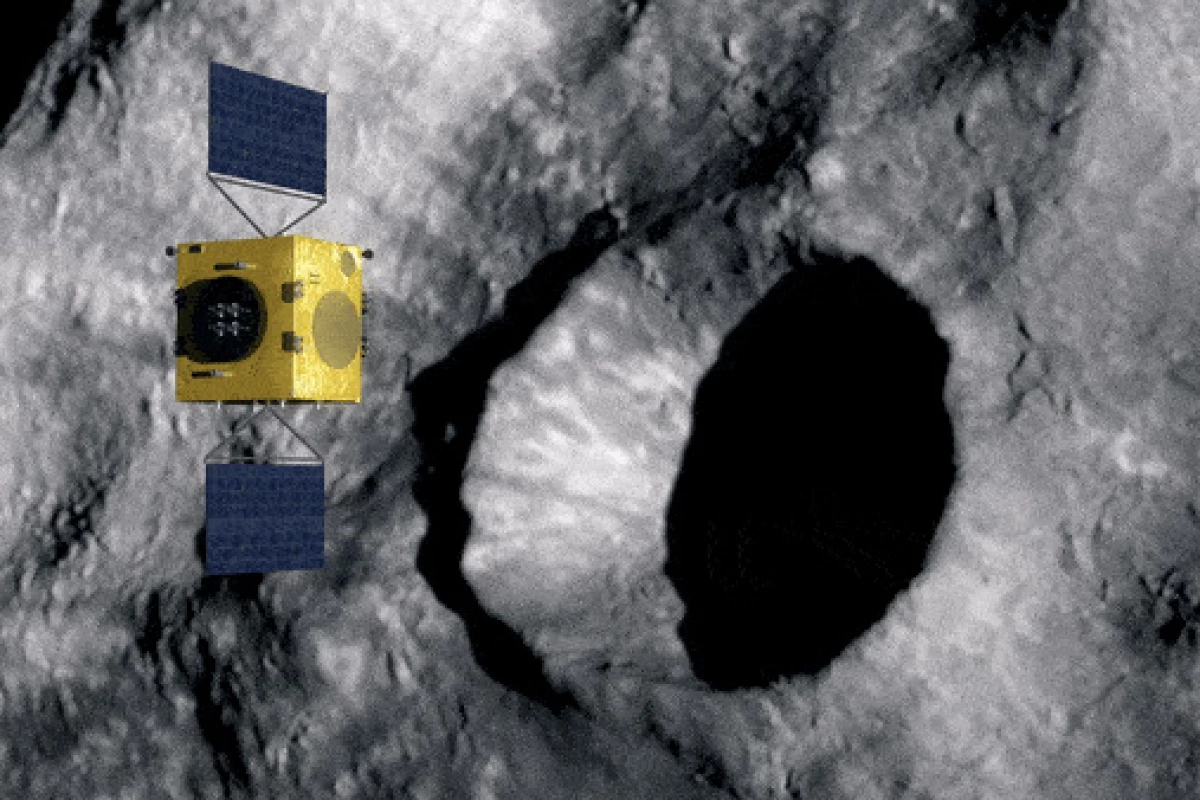ESA is asking amateur astronomers to help it plan the Hera asteroid mission scheduled to launch in less than five years. The space agency is soliciting data from citizen scientists that will allow mission planners to identify candidate asteroids as flyby targets for the unmanned spacecraft to visit on the way to the Didymos binary asteroid system.
Deep space missions are expensive, insanely complex, and relatively few and far between, so mission planners like to get the most for their money. Instead of just visiting the primary target, they've got into the habit of seeking out targets of opportunity for a mission to study on the way to or from the main objective.
It's a strategy that's been used many times, with examples like the Voyager probes exploring the edge of the solar system, New Horizons visiting a Kuiper Belt object after its historic flyby of Pluto, and the Rosetta probe imaging asteroids on its way to its rendezvous with comet 67P Churyumov–Gerasimenko in 2014.

After the launch in 2024, ESA's Hera spacecraft will spend two years matching Didymos’s 770-day orbit 10 million km (6.2 million mi) from the Sun. During this time, it will pass many asteroids on the inner edge of the asteroid belt – an opportunity too good to pass up.
The fly in the cosmic ointment is that, while many thousands of asteroids have been identified, most of them haven't had their orbits properly charted or their characteristics studied. They are just smudges of light moving across a background of fixed stars – which is where the amateurs come in.
"Asteroid research is one area of astronomy where amateur observers continue to make an essential contribution," says Professor Alan Fitzsimmons of Queen's University Belfast, part of the Hera investigation team. "The flyby candidates we have identified so far are little more than tiny dots of light in the sky, so faint they are invisible to the naked eye. We need as much help as possible to refine their orbits and measure their properties, which could give clues to their characteristics in advance of Hera’s launch in October 2024."

ESA already has a shortlist of seven candidate asteroids drawn up by the European Space Operations Centre (ESOC), but the space agency needs very precise data to make the necessary orbital calculations that must be within the capability of the Ariane 6 booster that will loft Hera into interplanetary space. That means more data is needed about the candidates, which amateurs can provide.
"Only three of these bodies have known diameters and albedos, or surface brightness," says Fitzsimmons. "And none of them have known rotation periods – this is something experienced amateurs could try and measure for us, especially for the brighter objects."
The initial list of seven candidate asteroids the Hera investigation team has slated as flyby possibilities that they'd like amateur astronomers to observe can be viewed here.
Source: ESA






